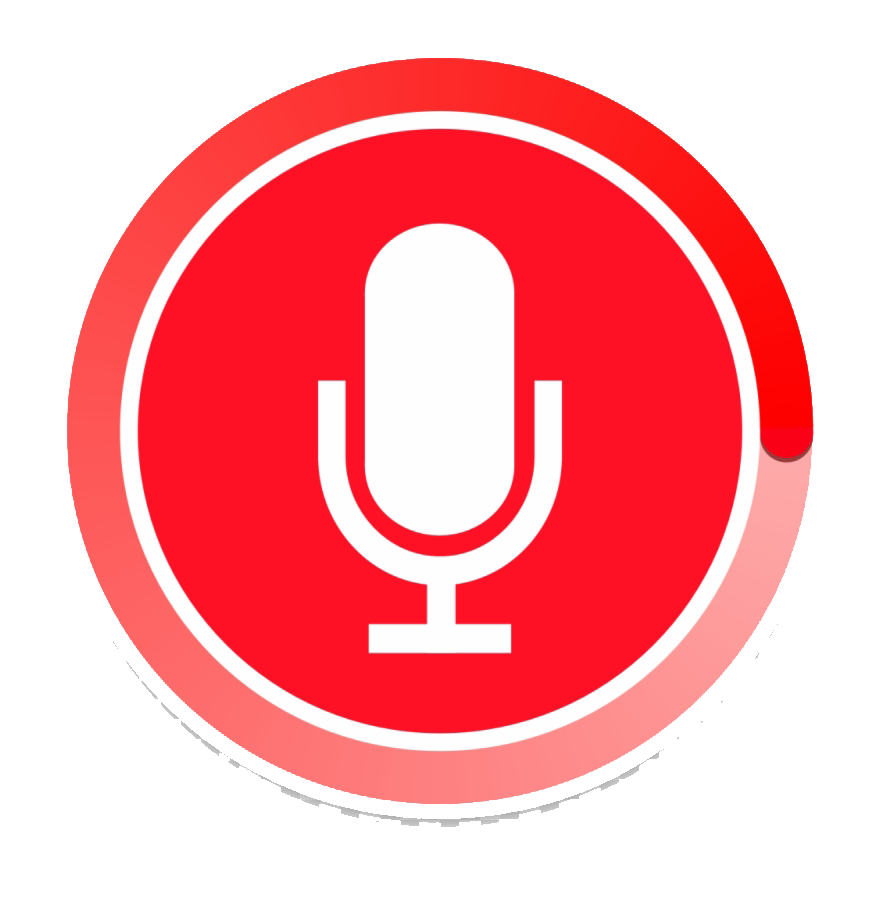
 About Read Aloud
About Read Aloud- Task - A text appears on the screen. Read the text aloud.
- Skills assessed -
- For PTE Academic / UKVI: Speaking only
- For PTE Core: Reading and Speaking
- Prompt length - Text up to 60 words
- Time to answer - Varies by item, depending on the length of text.
The recording status box displays a countdown until the microphone opens. You have 30-40 seconds to prepare, depending on the length of the passage. You hear a short tone. After the tone, start speaking immediately. Do not start speaking before the microphone opens because your voice will not be recorded.
You should speak clearly. There is no need to rush. Finish speaking before the progress bar reaches the end. The word “Recording” changes to “Completed”. You are only able to record your response once.
IMPORTANT: If you remain silent for longer than 3 seconds, the recording will stop.
 Test Tips:
Test Tips:Use punctuation to help you decide where to pause when you read:
You have 30-40 seconds to look at the text before the microphone opens, so use this time to break the text up into meaningful chunks, using the punctuation as a guide. This will show you the places where you can make a tiny pause and alter your intonation – going up when you begin reading a chunk and falling a little when you end a chunk.
Using appropriate pausing helps you to read more fluently and give the full meaning of the text. This will improve your score. Look at where the pauses / are indicated in the example:

Stress the words that carry important information:
When you read the text, stress the words that help to convey meaning, by reading them in a slightly louder voice and adding emphasis to key syllables, e.g., development. Also use rising and falling intonation patterns to show how the ideas are linked or are coming to an end. Look at the patterns in this text; the stressed words are underlined, and the rising and falling intonation is marked by up and down arrows:

 How this question is scored:
How this question is scored:Content: Does your response include all the words in the reading text and only these words? Content is scored by counting the number of correct words in your response. Replacements insertions and omissions of words will negatively affect your score.
Oral fluency: Does your response demonstrate a smooth, effortless and natural rate of speech? Oral fluency is scored by determining if your rhythm, phrasing and stress are smooth. The best responses are spoken at a constant and natural rate of speech with appropriate phrasing. Hesitations, repetitions and false starts will negatively affect your score.
Pronunciation: Does your response demonstrate your ability to produce speech sounds in a similar way to most regular speakers of the language? Pronunciation is scored by determining if your speech is easily understandable to most regular speakers of the language. The best responses contain vowels and consonants pronounced in a native-like way, and stress words and phrases correctly. Responses should also be immediately understandable to a regular speaker of the language.
PTE Academic recognizes regional and national varieties of English pronunciation to the degree that they are understandable to most regular speakers of the language.
- Academic / UKVI: This item type affects the scoring of the following: speaking, oral fluency and pronunciation. Your reading, listening and writing skills are not tested by this item type.
- Core: This item type affects the scoring of the following: reading, speaking, oral fluency and pronunciation. Your listening and writing skills are not tested by this item type.
Source: https://pearsonpte.com
 Tips By ALFA:
Tips By ALFA:
You will be assigned around 35-40 seconds to read the content on the screen and practice the passage before the computer begins recording. Utilize this opportunity to divide the total content into important chunks of words.
The time designated for recording your reaction will rely on the length of the content, which is for the most part up to 60 words in length.
Begin talking after you hear the beep tone. Your voice won't be recorded before that.
Read at a moderate pace. Abstain from talking excessively quick or excessively slow, and don't skip words. Articulate your words and express plainly, without rushing in the procedure.
Changing a word by another, embeddings new words, or leaving existing words are considered as a blunder.
Make smaller delays when you experience accentuation marks like comma and full stop. The interruption for a full stop ought to be marginally longer than that for a comma.
Try not to blend solitary and plural things. Articulating "kid" as "kids" or "houses" as "house" considers a blunder.
Ensure that you articulate numerical qualities accurately. Try not to avoid the "th" in "25th". Read "the 1850s" as "the eighteen fifties."



